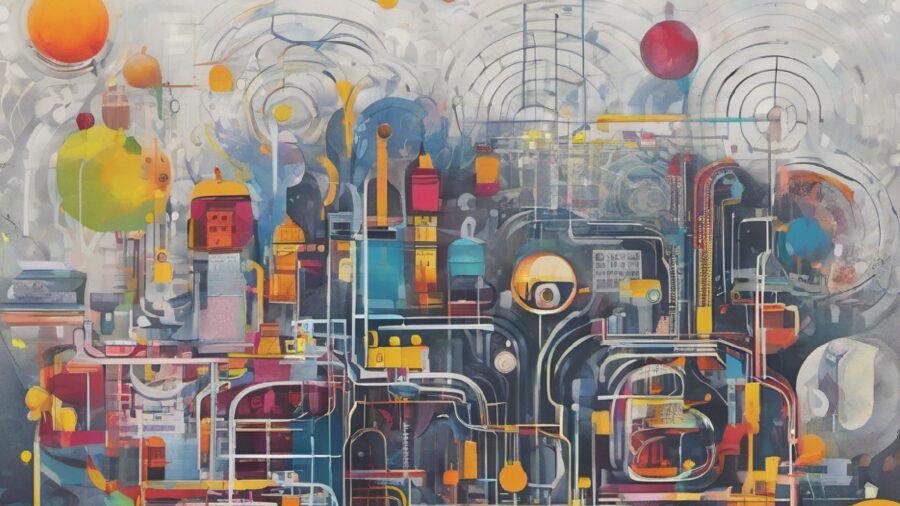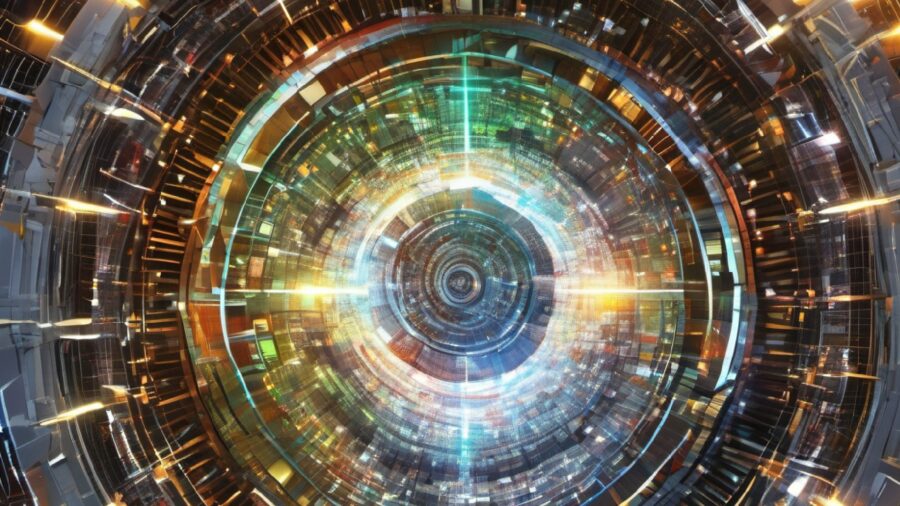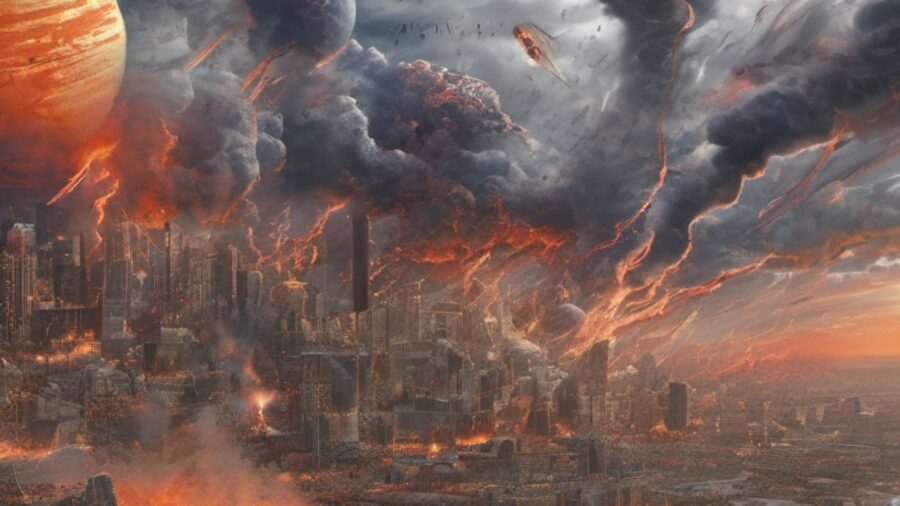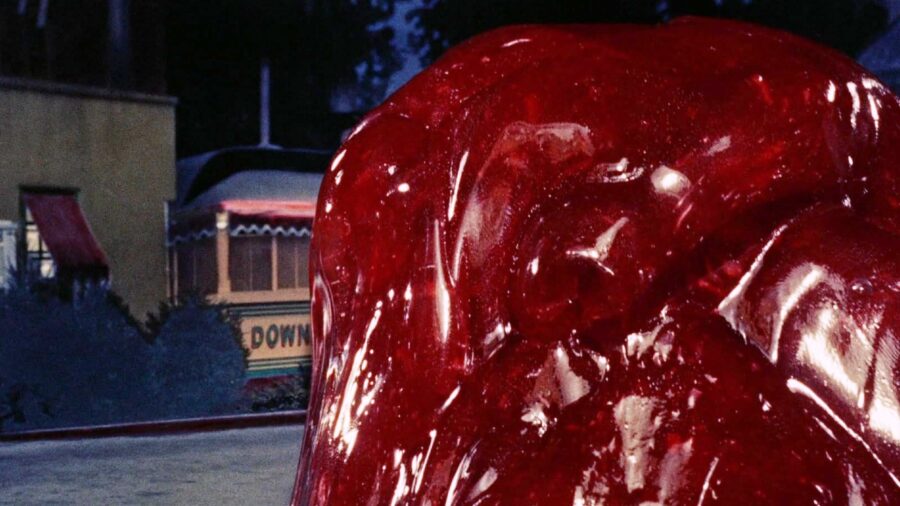Why Strange Matter Matters: How Particle Colliders Can Lead To A Sci-Fi Horror Show

Particle colliders, like the Large Hadron Collider (LHC) at Cern, seem straight out of science fiction—accelerating particles to unprecedented speeds, then colliding them to reveal secrets straight out of the cosmos. But lurking beneath the fanfare of potential discoveries are terrifying risks, such as strange matter, a hypothetical form of quark matter. Scientists speculate that if this weird matter were produced, the result would be a chain reaction that would literally turn Earth into a lifeless, dense blob of strange matter.
Strange Matter

Unlike most matter, which contain up and down “quarks” (fundamental particles that are building blocks of matter in the universe), this exotic form of matter also possesses “strange” quarks. Point being: scientists speculate that if a collider produced and stabilized this weird matter, it would convert everything it encountered into weird matter, too.
In fact, this odd nuance of particle physics doesn’t technically require a collider to instantiate. Experts theorize strange quarks and the matter they constitute actually abide in the dense cores of neutron stars; there, the gargantuan pressure could provide suitable environs to engender strange quarks.
Stability Isn’t Always Great

What keeps scientists up at night, however, is that this weird matter is theoretically characterized by significantly more stability than the matter comprising our known world.
So what? you’d be forgiven for thinking—isn’t stability a good thing?
Well, no, if we want to avoid our Earth and the people on it all becoming blobs.
In fact, if the strange quarks and stranger matter are as stable as speculated then upon contact with ordinary matter—say, the unfathomably close “normal” atoms populating the collider upon the advent of strange matter—the catastrophic chain reaction would end life itself while also making it much, much weirder.
The Extreme Conditions Created By Colliders

The general dilemma here is that, in particle colliders, scientists recreate conditions similar to those in the heart of a neutron star (this is not dissimilar to atomic weaponry recreating explosive power identical to the Sun or more powerful). In the extreme environs fabricated by colliders, even the smallest stable, “strangelet,” a tiny strand of strange matter, could mean the apocalypse.
Yes, it seems like something a sci-fi-oriented band of superheroes, perhaps created by Marvel, should be able to handle. But on a more serious note, it embodies one of the main concerns experts harbor about colliders and new, uncharted technological territory.
If It Was Going To Happen, It Probably Would’ve Happened Already

That said, scientists have thankfully conducted extensive analyses, evaluating the feasibility and prospective risks generated by the creation of strange matter in various colliders. We can all sleep a little easier knowing the studies concluded the scenario is highly speculative and, as far as we know, lacks any empirical evidence.
Additionally, Earth is naturally and frequently bombarded by cosmic rays, often containing particles with energies much greater than those generated in colliders. And no such cosmic ray, as of yet, has created any observable strange matter. Meaning, if the eventuation of strangelets were a real and present risk, one would have probably occurred naturally.
Still Scary

But that doesn’t stop the ideas of strange quarks and strangelets from being scary. Nor does it dismiss the vital ethical and philosophical questions the theoretical phenomenon raises concerning the pursuit of knowledge.
As in all scientific research, responsibility is of the utmost importance.










